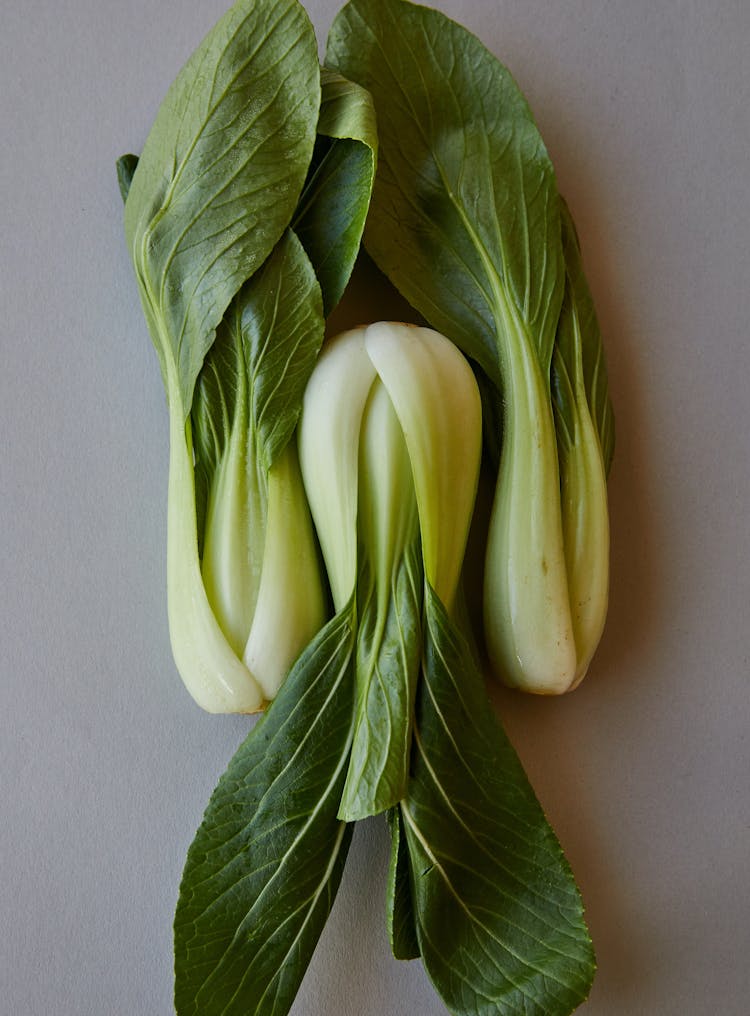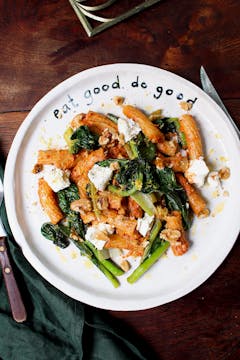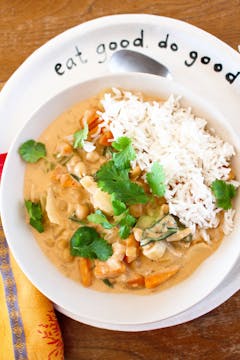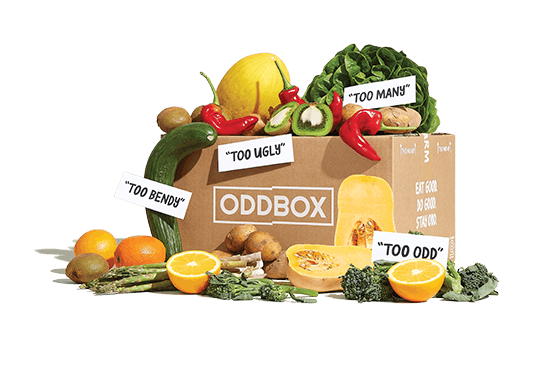4 Delicious Ways To Cook Choi Sum
Are you wondering how to cook choi sum? Don't worry, we've got you covered with a complete guide!

Choi sum is one of the most popular greens used in Chinese vegetable side dishes. You can eat the slender stems and leaves raw, but you may prefer to lightly cook it.
Here’s our quick rundown and a few tasty ideas for how to cook choi sum.
What is choi sum?
Choi sum is a member of the Chinese cabbage family, a group of greens which includes pak choi and napa cabbage. Choi sum doesn’t form one head like a cabbage does. Instead, it produces long, thick stalks and flowers which more closely resemble tenderstem broccoli.
The thin stems of choi sum are crisp, firm and pale green. They connect to flat, broad, green and slightly serrated leaves. Choi sum is tender and crunchy with a sweet, mild, sometimes bitter mustard taste.
You might find choi sum (spelled “choy sum” in the US) labelled as Chinese flowering cabbage, Chinese mustard or Chinese oil vegetable. The term “choi sum” is also used in different ways across Asia, depending on the region.
Are choi sum flowers edible?
Yes, the flowers of choi sum are edible. The stalks produce small, yellow flowers which have a more subtle, peppery flavour than the stalks or leaves.
Look out if your choi sum has sprouted flowers – the stems and leaves may have become more bitter to the taste than a younger plant. Adjust for this different flavour when cooking, by sweetening or boiling it down more.
Choi sum recipes
Choi sum makes a great spinach or pak choi alternative. And as choi sum is a mild green, you can pair it with a wide variety of flavours and ingredients. These include:
- Citrus
- Mushrooms
- Garlic
- Vinegar
- Ginger
- Potatoes
- Carrots
- Peanuts
- Cashews
- Quinoa
Keep choi sum fresh for 3-7 days by storing it loosely in a bag in the bottom of the fridge. Alternatively, blanch and store choi sum in the freezer for 8-12 months.
Here are just a few interesting ideas for cooking choi sum.
Choi sum stir fry
Separate the stems and leaves of 220g choi sum and cut into bite sized pieces. Heat 1 tsp of oil in a wok on high heat. Add the choi sum stems. Sprinkle with a pinch of salt and cook, stirring continuously, for 1 min. Add the leaves and cook for another 2 mins.
Mince 1 clove of garlic and 1 inch of ginger. Add these into the wok, along with ¼ tsp chilli flakes. Cook for another 30 secs, adding more oil if needed. Tip in ½ tbsp soy sauce. Add ½ tbsp rice wine or dry sherry – to keep it alcohol-free, replace with 1 tsp rice vinegar and a pinch of sugar. Cook and stir until excess water has evaporated. Season to taste and serve warm.
(via Yup… It’s Vegan!)
Choi sum with garlic sauce
Bring a pot of water to the boil and salt it. Take a bunch of choi sum and separate the stems and leaves. Add the stems into the boiling water first, then wait for 30 secs. Add the leaves and blanch for a further 2 mins, or until a little softened. Drain the choi sum in a colander, then cut the pieces in half lengthwise. Transfer them to a serving dish.
Mince 2-3 cloves of garlic. Heat 2 tbsp peanut or grapeseed oil in a small skillet over medium heat. Sauté the garlic. Add 1 ½ tbsp soy sauce, 2 tsp water and 1 tsp sesame oil. Stir well. Pour the sauce over the choi sum and serve immediately.
Choi sum and tofu salad
Slice 350g of firm tofu into rectangles about ½ cm thick. Fry them in a pan with a little oil until golden on both sides. Tear 400g choi sum into bite-sized pieces. Bring water to the boil in a large pot and add 1 tbsp salt. Add the choi sum and bring it back to the boil, then drain and set aside to cool. Press to drain excess liquid.
Roast 50g walnuts in a small pan on medium heat until golden. In a small bowl, mix 3 tbsp sesame oil, 2 tbsp olive oil, 1 tbsp soy sauce, 1 tsp sugar and a pinch of black pepper.
In a large bowl, combine the choi sum, tofu and dressing. Mix well, then sprinkle with the walnuts and serve immediately.
(via Ying Chen)
Choi sum pesto pasta
Preheat the oven to 200 degrees C. Salt a large pot of water and bring it to the boil. Drizzle 220g whole choi sum with olive oil, salt and pepper to taste. Roast in the oven for around 15 mins, turning once, until they start to char.
In the meantime, cook 220g fettucine (or any pasta) in the boiling water until it’s 1 min away from being fully cooked. Set aside a cup of water from the pasta and drain the rest. Transfer the roasted choi sum to a blender with the juice of half a lemon, 1 clove of garlic and a drizzle of olive oil. Pulse until well combined.
Finely chop 1 onion and 2 cloves of garlic. In a large skillet, heat 1 tbsp olive oil. Add the onion and garlic. Cook for around 7 mins, until golden. Add 120g heavy cream (or plant-based alternative), 1 tbsp lemon zest and chilli flakes to taste. Tip in the cooked pasta and choi sum mixture, then stir everything together. Use the pasta water to loosen the mixture if needed. Season to taste and serve with toasted sunflower seeds and parmesan (or vegetarian/vegan cheese).
(via The Woks of Life)
Looking For More Choi Sum Recipes?
We've got "sum"!

Creamy Choi Sum & Sun dried Tomato Pasta
Choi sum has a fresh and sweet taste which pairs wonderfully well with the earthiness of this creamy sundried tomato and walnut based sauce.

Choi Sum & Chickpea Red Curry
A fiery, warming Thai-inspired curry that makes the perfect meal for a cosy night in. Ready in 30 minutes, the fresh choi sum is cooked with creamy coconut milk, stock, onion, ginger, garlic, chickpeas, soy sauce and curry paste. Serve with lime wedges and a side of rice.

